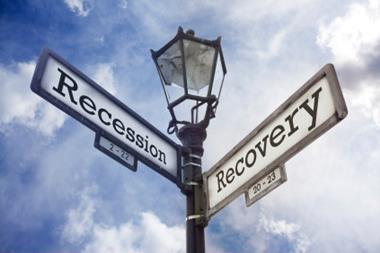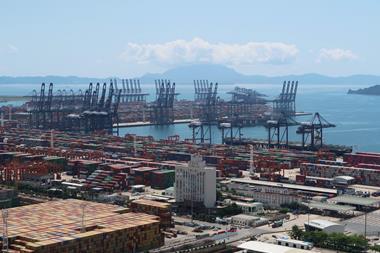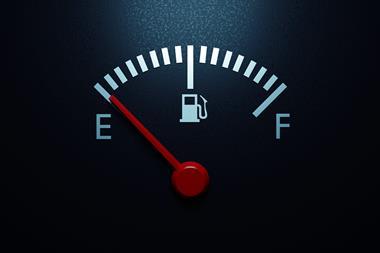Nearly 80% of business leaders are adjusting global operations and/or supply chains to minimise risk, finds EY
Many CEOs are responding to the impact of the pandemic, according to the EY CEO Survey 2022. The survey of 2,000 global CEOs unsurprisingly shows that the vast majority (86%) have been impacted by the pandemic.
In a reshaped landscape they are positioning for growth and anticipate significant upside opportunities. Early and bold choices on portfolio-transforming investments, particularly acquisitions and divestments, proved decisive in the wake of the global financial crisis. And risk-vs.-return history could be repeating itself for those with the right strategies.
But there are potential downsides. Exogenous risks – geopolitical tension, political market interference and the climate emergency – are top CEO concerns. Risks they can better control, such as managing conflicting stakeholder demands and the cost of talent, come further down the list.
Asked which were the most critical risks to their future growth strategy, 18% of CEOs pointed to geopolitical tensions, trade conflicts, protectionism and sanctions. And 17% pointed to the acceleration of climate change impacts and increasing pressures to build sustainability.
Other major risks of concern were increasing competition from non traditional competitors and increasing political intervention in markets.
Over half (55%) said geopolitical challenges were forcing them to adjust their strategic investment, while nearly 80% said they had already adjusted their global operations and/or supply chains to minimise risk.
Speaking to CNBC, Andrea Guerzoni, global vice chair, Strategy and Transactions at EY, commented: “It’s about trying to understand whether these supply chains were too skewed towards efficiency and not resilience. Having security of suppliers is becoming a fundamental issue and they need to understand the impact of technology and the pressure that is coming from stakeholders.”
“This also has an impact on cost, because of the ability to counter current machinery trends with better, more sophisticated and more modern models of supply chain, which can actually become such a competitive advantage.”




















No comments yet